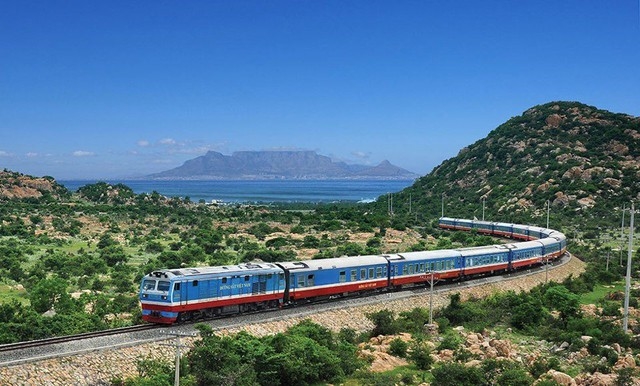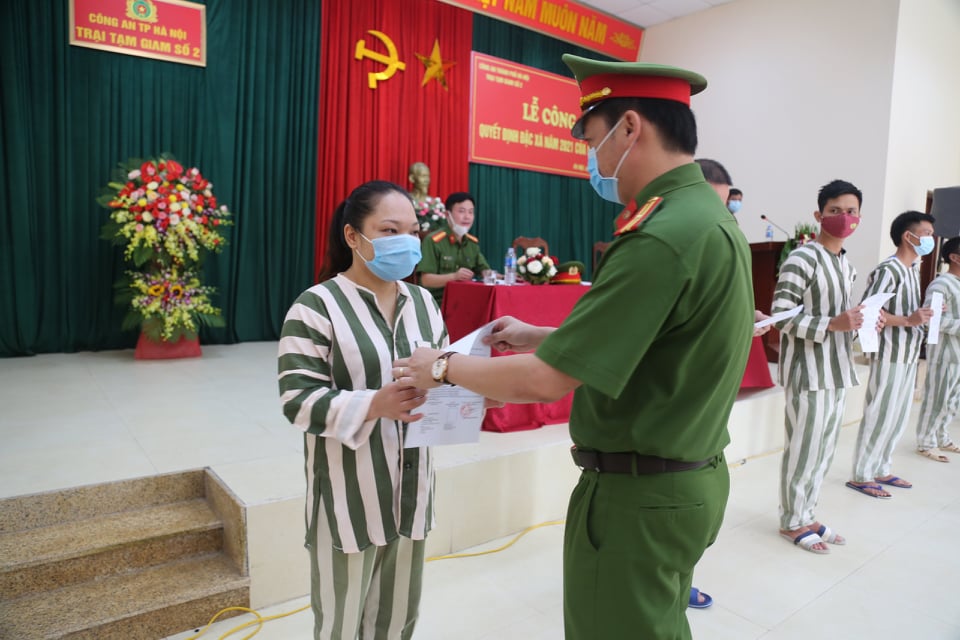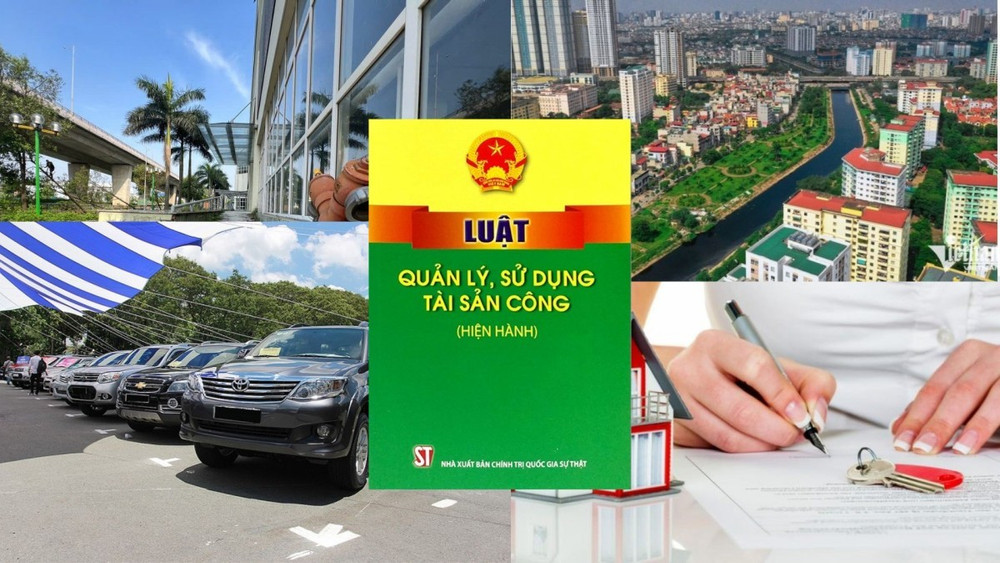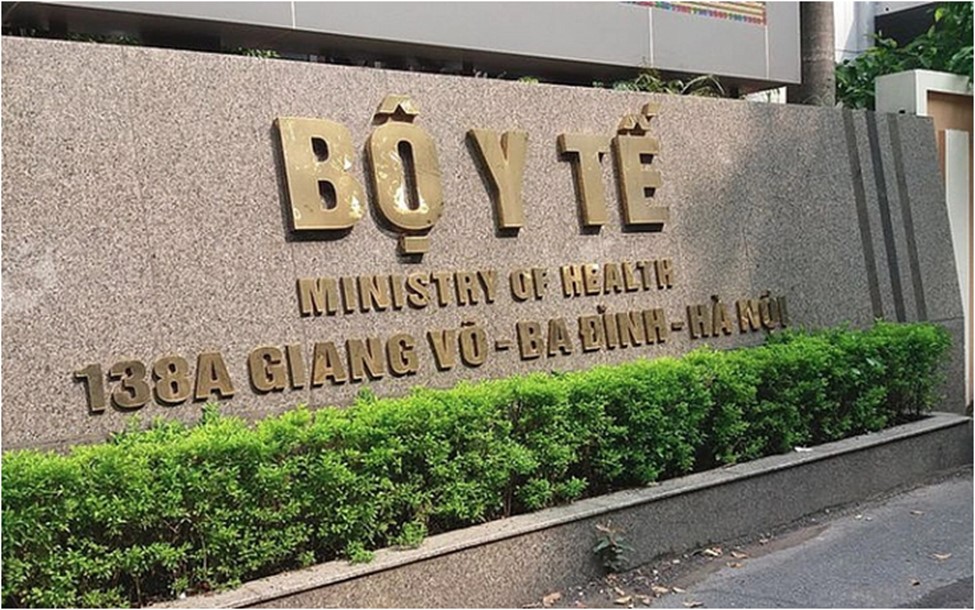Roadworthiness of railway vehicles in Vietnam
What are the regulations on the roadworthiness of railway vehicles in Vietnam? – Thuy Vy (Ha Tinh)

Roadworthiness of railway vehicles in Vietnam (Internet image)
Regarding this issue, LawNet would like to answer as follows:
1. Roadworthiness of railway vehicles in Vietnam
Roadworthiness of railway vehicles in Vietnam as follows:
- Comply with national technical regulation on technical safety and environmental safety;
- Have a railway vehicle registration certificate issued by a competent authority;
- Have a certificate of technical safety and environmental safety or an unexpired certificate of periodic inspection of technical safety and environmental safety issued by a competent authority.
(Clause 1 of Article 30 of the Law on railway transport 2017)
2. Registration of railway vehicles in Vietnam
- A railway vehicle shall be issued with a railway vehicle registration certificate if the following requirements are met:
+ Have lawful origins;
+ Satisfy the national technical regulation on technical safety and environmental safety.
- Upon change of functions or main specifications, the vehicle owner shall reapply for the railway vehicle registration certificate.
- Upon the transfer of ownership, the new owner of the railway vehicle must reapply for the railway vehicle registration certificate under the new owner's name.
- The railway vehicle owner shall make a declaration and return the railway vehicle registration certificate to cancel registration in the following cases:
+ His/her railway vehicle is no longer used for rail transport;
+ His/her railway vehicle is lost or damaged.
(Article 31 of the Law on railway transport 2017)
3. Prohibited acts in railway activities in Vietnam
Prohibited acts in railway activities include:
- Sabotaging railway works and railway vehicles.
- Encroaching upon railway safety corridors and safety perimeters of railway works.
- Opening passages crossing a railway without permission; illegally building flyovers, underpasses, culverts or other works built within the land area for rail transport; illegally carrying out drilling or digging operations within safety perimeters of railway works.
- Tampering with works and railway signaling; covering or tampering with railway signals.
- Obstructing the train operation; arbitrarily using signals or equipment to stop trains, unless a threat to railway safety is found.
- Trespassing fences or barriers of level crossings when the block signal is given; trespassing fences that separate a railway from adjacent areas.
- Discharging untreated sewage onto railways; placing obstacles and dumping hazardous substances or waste on railways; illegally placing flammable or explosive substances within safety perimeters of railway works and railway safety corridors.
- Herding animals and opening up markets on railways and within safety perimeters of railway works and railway safety corridors.
- Walking, standing, lying, sitting or performing other acts on roofs of coaches, locomotives, steps; hanging, standing, sitting on sides of coaches, locomotives, or connectors; opening train doors, poking the head, arm, leg, or other things out of the coach when the train is running, except for railway workers and law enforcement officers on duty.
- Walking, standing, lying, sitting or performing other acts on railway lines, except for railway workers and law enforcement officers on duty.
- Throwing earth, stones or other objects at or from the train.
- Bringing or transporting prohibited goods or animal that carries contagious diseases to the station or to the train; illegally bringing or transporting wild animals, radioactive/flammable/explosive substances and dangerous goods to the station or the train; bringing or transporting corpses or bones to the station or to the train running on urban railways.
- Making or using counterfeit tickets; selling tickets against the law.
- Allowing any railway vehicle or equipment that fails to meet technical safety requirements to operate on railways; using cargo coaches to transport passengers; changing the structure, design or functions of vehicles without permission; assigning or allowing another person who is ineligible to operate a railway vehicle.
- Assembling coaches that contain animals, stinky goods, flammable/explosive substances, hazardous substances, or other dangerous goods into a passenger train.
- Operating trains beyond the speed limits.
- Railway workers directly serving train operation are under influence of alcohol or other banned stimulants in the performance of their duties.
(Article 9 of the Law on railway transport 2017)
- Key word:
- railway vehicles
- in Vietnam
- Vietnam
- Cases of land rent exemption and reduction under the latest regulations in Vietnam
- Economic infrastructure and social infrastructure system in Thu Duc City, Ho Chi Minh City
- Regulations on ordination with foreign elements in religious organizations in Vietnam
- Increase land compensation prices in Vietnam from January 1, 2026
- Determination of land compensation levels for damage during land requisition process in Vietnam
- Who is permitted to purchase social housing according to latest regulations in Vietnam?
-

- Number of deputy directors of departments in Vietnam ...
- 15:04, 05/03/2025
-

- Cases ineligible for pardon in Vietnam in 2025
- 14:43, 05/03/2025
-

- Decree 50/2025 amending Decree 151/2017 on the ...
- 12:00, 05/03/2025
-

- Circular 07/2025 amending Circular 02/2022 on ...
- 11:30, 05/03/2025
-

- Adjustment to the organizational structure of ...
- 10:34, 05/03/2025
-

- Notable new policies of Vietnam effective as of ...
- 16:26, 11/04/2025
-
.Medium.png)
- Notable documents of Vietnam in the previous week ...
- 16:21, 11/04/2025
-
.Medium.png)
- Notable documents of Vietnam in the previous week ...
- 16:11, 02/04/2025
-
.Medium.png)
- Notable new policies of Vietnam to be effective ...
- 16:04, 02/04/2025
-
.Medium.png)
- Notable new policies of Vietnam effective from ...
- 14:51, 21/03/2025

 Article table of contents
Article table of contents
